What Is a Sales Funnel?

In this article, we’ll talk about a sales funnel, and why it’s important to grow your sales. It’s important to understand this concept before you can improve your e-commerce sales.
What is a funnel? A funnel, as you may know, looks like an upside down triangle. If you use one in the kitchen or around the house, you’d generally use it to get something (maybe milk you warmed on a stove) into a smaller, narrower container (like a bottle). You’re using it to direct the flow.
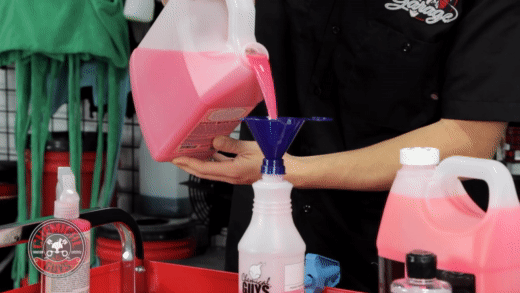
In sales, whether it is online or offline, the funnel idea can also be used when thinking of directing potential customers to your product.
For example, in physical retail, a lot of people may walk past your store. A portion of those may slow down and look inside the window. An even smaller portion of those who look inside the window may step inside. And of those who are actually in your shop, only a percentage of those may actually buy anything.
The flow described above is a “sales funnel”. It is a disciplined way to think about what steps occur before a purchase happens. Outlining the steps above, your physical retail funnel looks like this:
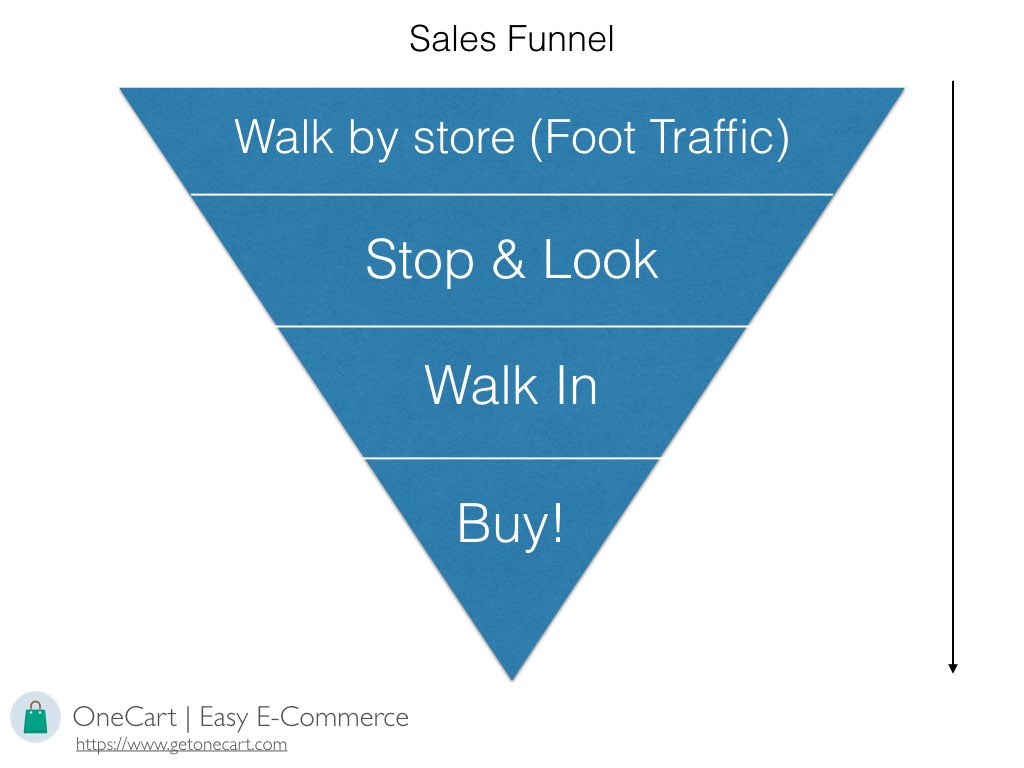
One big advantage of thinking about your customer acquisiton this way is that you can then start figuring out how to improve each part of the funnel.
A simple example
To keep things simple, let’s assume some numbers first, just to explain the concept.
On an average day:
- 100 people walk past our store
- 30 people look in (70 people keep walking)
- 10 people walk in (20 people walk away after looking in because nothing looks interesting to them)
- 4 people buy something (6 people don’t find what they want, or they change their mind, or the salesperson upsets them, or something else)
Our funnel image now looks like this:
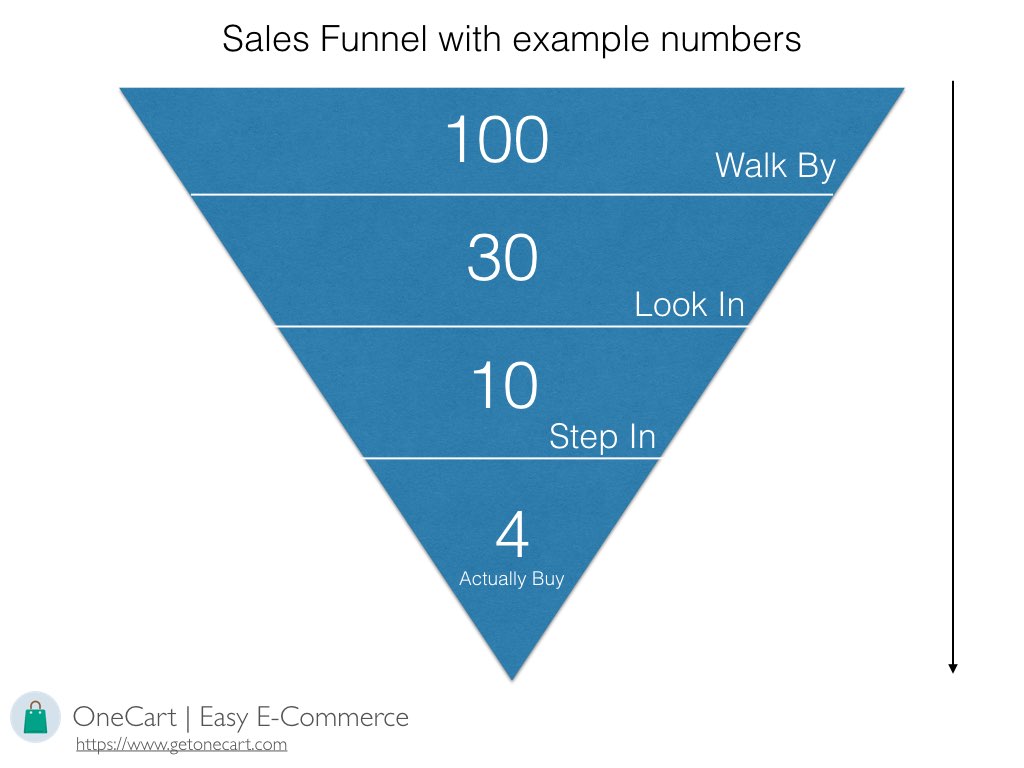
Let’s now assume that the average order size (how much a random customer will buy from your store) is $50. Based on the above numbers, every day you are earning $200 revenue from 4 customers who actually buy something from your store.
Now in real life, this is quite terrible. It’s unlikely you can stay in business with these numbers! But luckily, we’re just simplifying everything just to explain the concepts for easy maths.
Let’s look at our funnel again, and assign responsibility for each stage of our funnel.
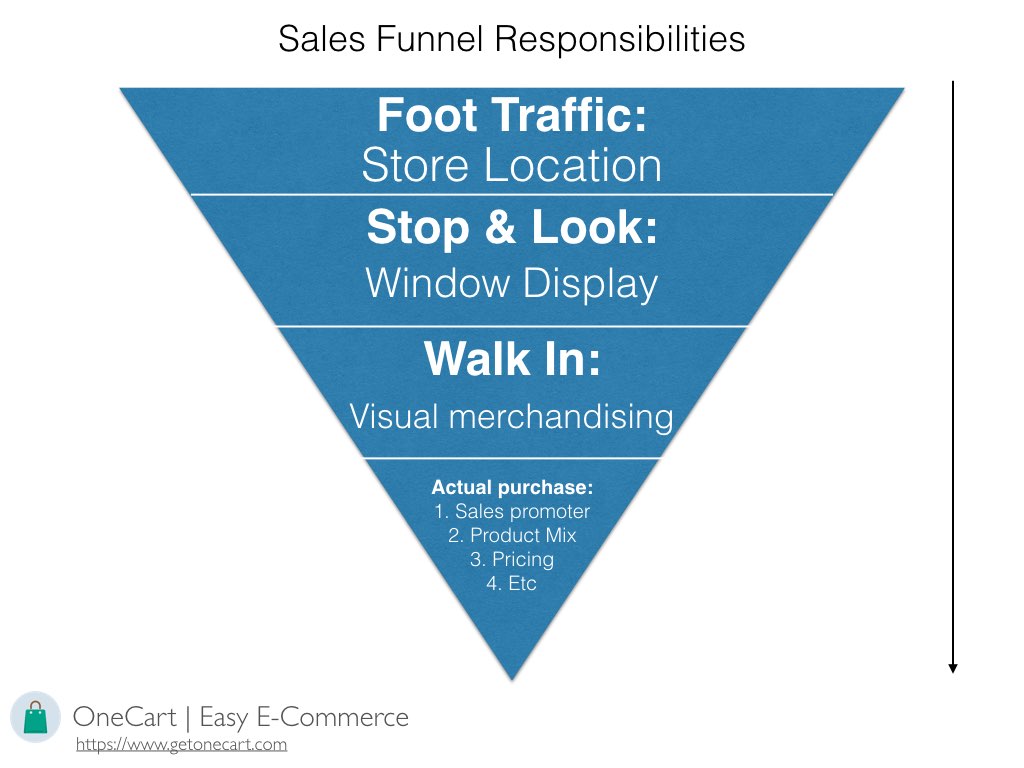
Notice how you can suddenly think of ideas on how to improve your numbers? When you break down a process into smaller portions, you can better understand the issues, and hopefully come up with some solutions to fix it.
In Stage 1, you can increase foot traffic via having promotions, doing direct marketing, or changing location.
In Stage 2, you can improve your window displays.
In Stage 3, you can improve your visual merchandising and store layout to be more inviting.
For Stage 4, you can invest in salesperson training, and also smart inventory tracking to ensure as many people who are browsing will actually buy.
We have a more in-depth article for each of the 4 stages of your physical retail funnel. Subscribe below to get notified once we publish it.
What you measure, you can improve.
Back to our example above, let’s change our window display, improve our visual merchandising and product assortment, and train our salespeople to better serve customers.
An improved funnel after taking those actions may look like this:
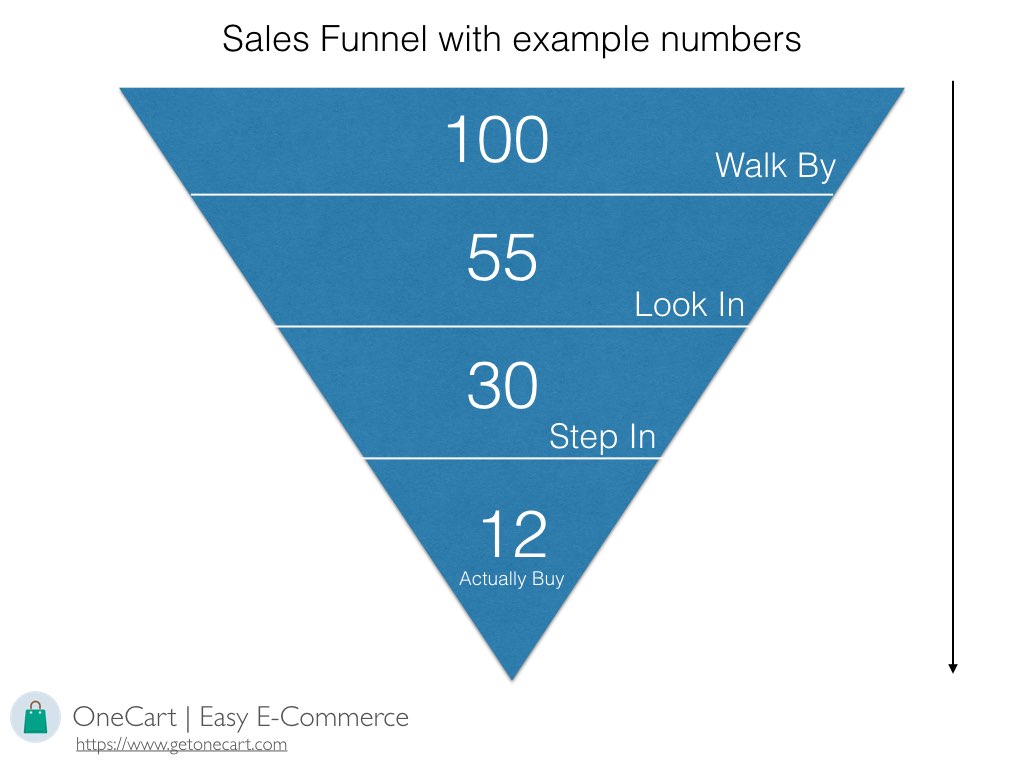
- 100 people walk past: foot traffic remains constant
- 55 people look in, an increase from 30 previously
- 30 people walk in, an increase from 10 previously
- 12 people buy something, an increase from 4 previously
Wow! You’ve now improved your sales from $200 a day (4 people x $50 each), to $600 a day (12 people x $50 each), a 3x increase!
In fact, if you’ve improved your product mix and salesperson training, it’s also likely that you can increase average order size. If your salesperson is now upselling properly, maybe the order size can be $65 instead of $50.
That will give you a new daily sales rate of $780. Fantastic!
Try the above with your own real numbers.
If you are already running a store, figure out your actual numbers for each stage, and discuss with your team how you can improve each stage of the funnel.
You’ll notice quite quickly that there are tangible ways to drive improvements to your retail sales.
We hope that you’ve found this explainer on sales funnels useful. Do check out our other guides, and certainly subscribe if you’d like to get these as soon as they’re released.
If you’re selling online, you’re now ready for our guide on E-Commerce Funnels.
See you next time!